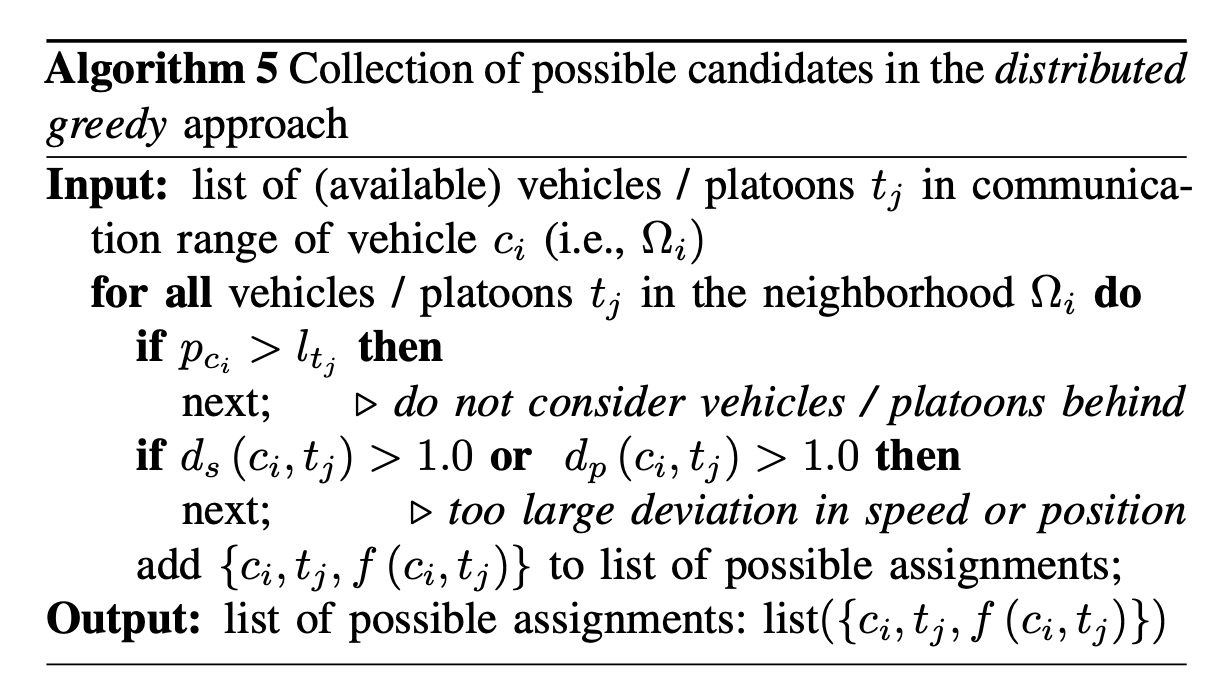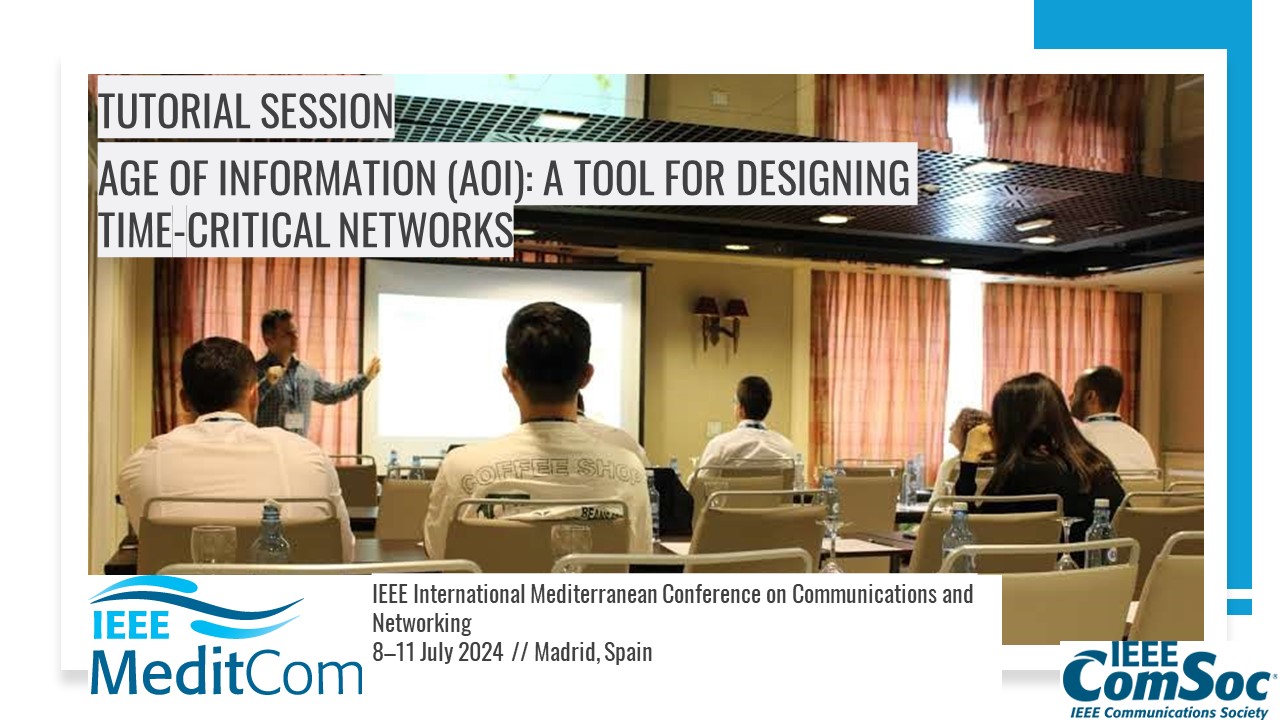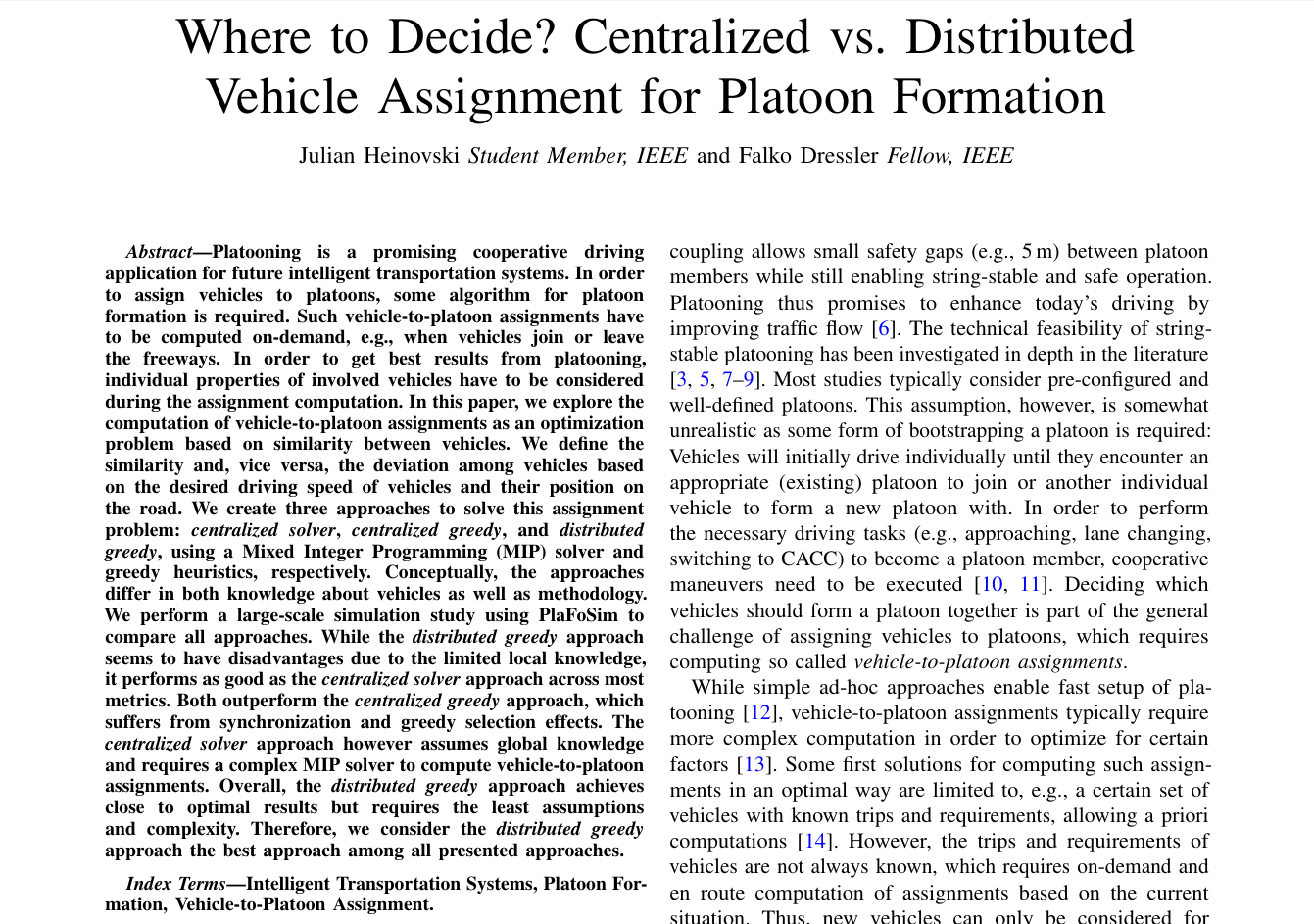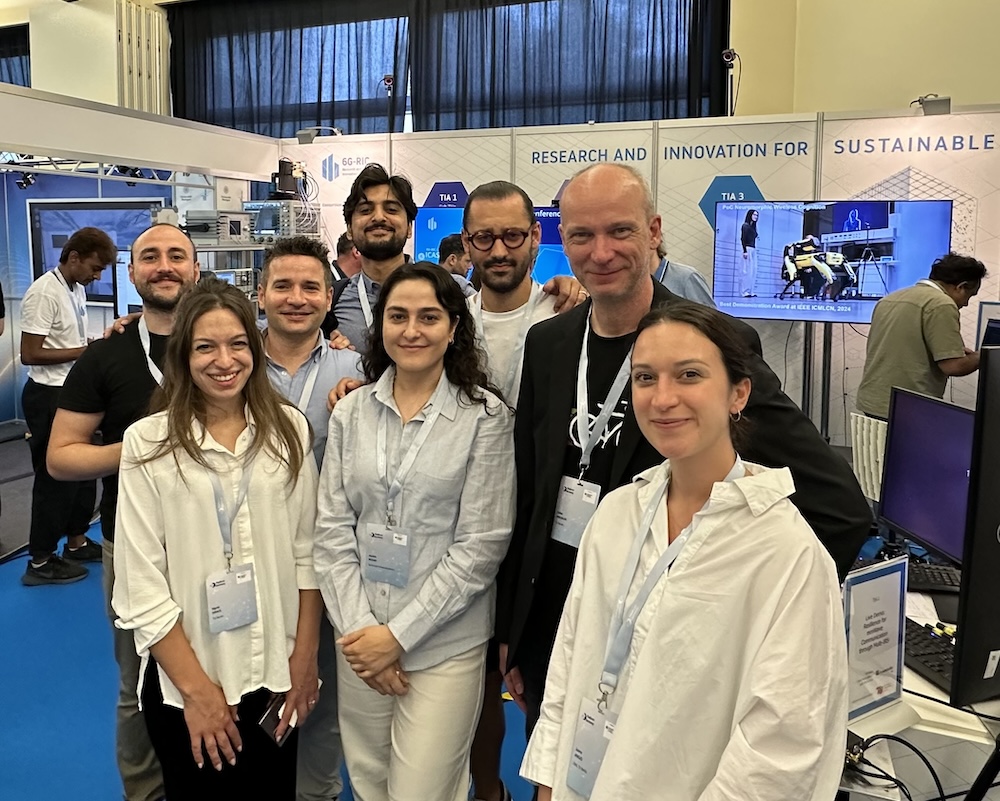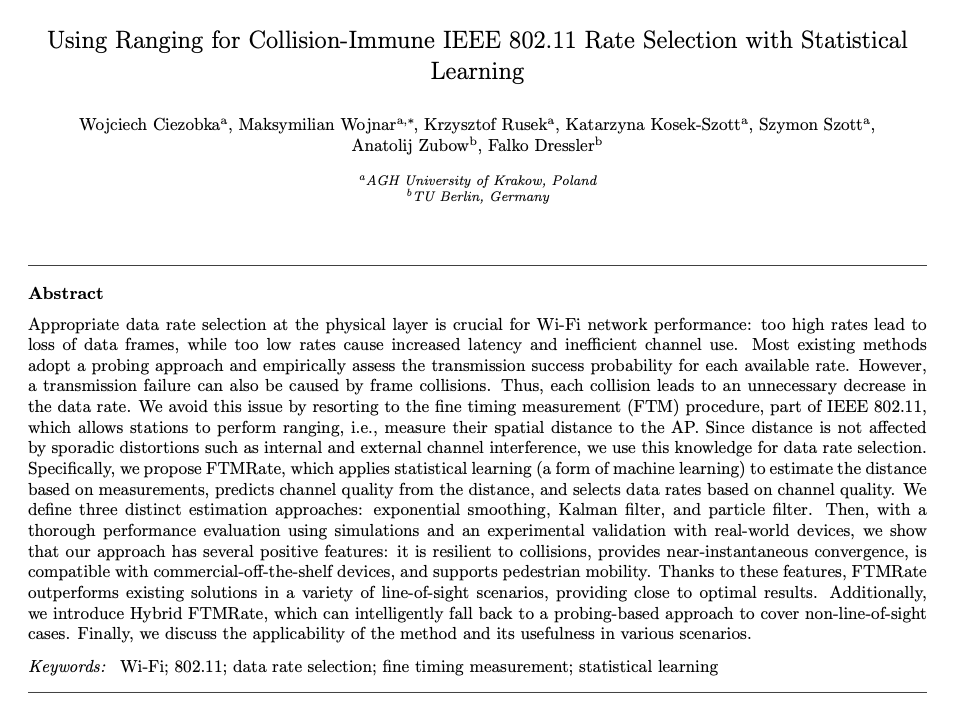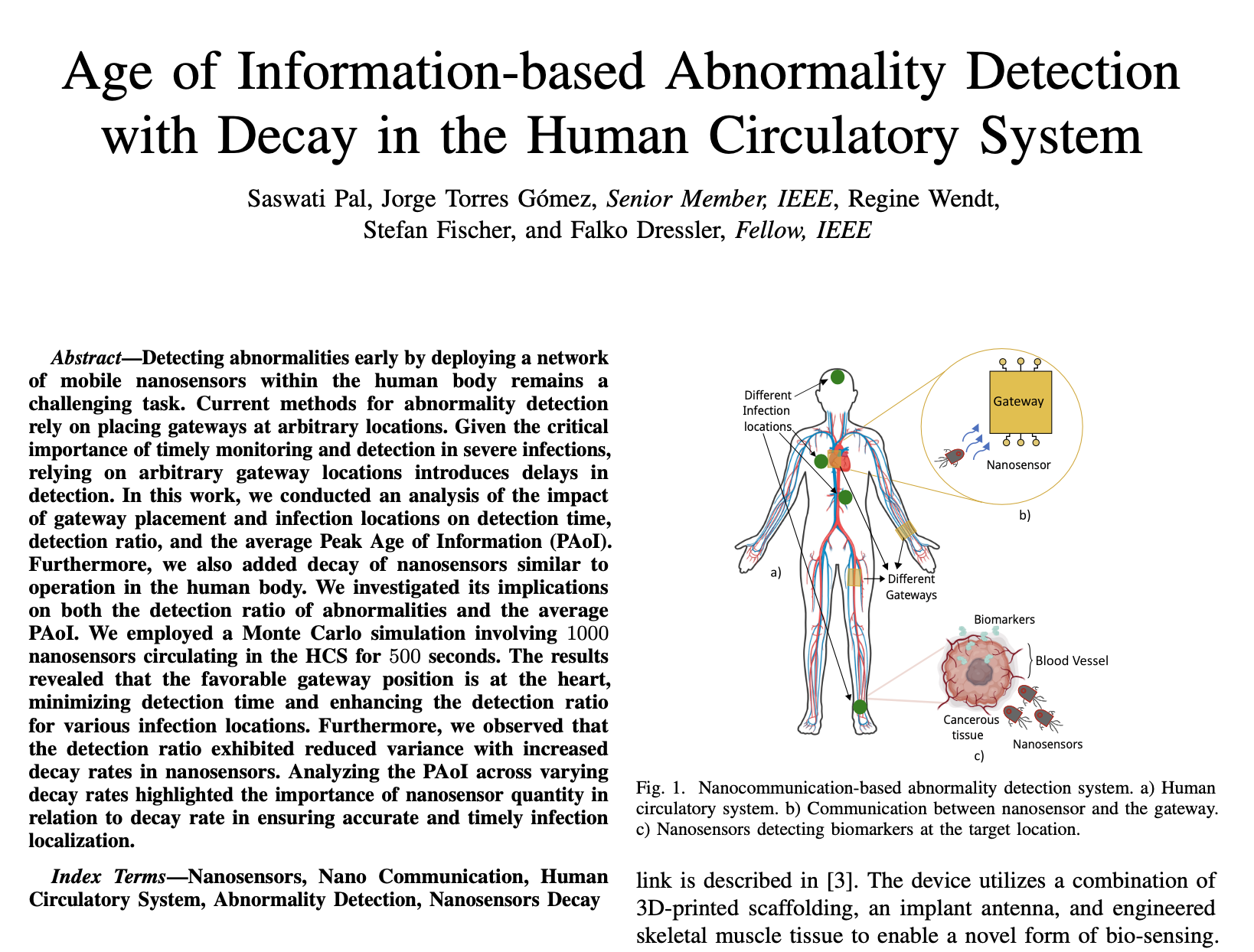Literature Database Entry
carle2012network
Georg Carle, Hervé Debar, Falko Dressler and Hartmut König, "Executive Summary - Network Attack Detection and Defense Early Warning Systems - Challenges and Perspectives," Proceedings of Dagstuhl Seminar 12061 on Network Attack Detection and Defense Early Warning Systems - Challenges and Perspectives, Schloss Dagstuhl, Germany, February 2012, pp. 1–20.
Abstract
The increasing dependence of human society on information technology (IT) systems requires appropriate measures to cope with their misuse. The growing potential of threats, which make these systems more and more vulnerable, is caused by the complexity of the technologies themselves. The potential of threats in networked systems will further grow as well as the number of individuals who are able to abuse these systems. It becomes increasingly apparent that IT security cannot be achieved by prevention alone. Preventive measures and research, reactive aspects need to complement one another. A major challenge of modern IT security technologies is to cope with an exploding variability of attacks which stems from a significant commercial motivation behind them. Increasingly proactive measures are required to ward off these threats. Increased efforts in and society are required to protect critical civil infrastructures, such as the health care system, the traffic system, power supply, trade, military networks, and information, others in developed countries. This is a consequence of the increasing shift of industrial IT systems to the IP protocol leading to sensible IT infrastructures which are more vulnerable as the proprietary systems used in the past. The abundance of services of modern infrastructures critically depends on and communication technologies. Though, being key enablers of critical infrastructures, these technologies are, at the same time, reckoned among the most vulnerable elements of the whole system. The cooperative information exchange between institutions is mandatory in order to detect distributed and coordinated attacks. Based on a large-scale acquisition of pertinent information, Early Warning Systems are a currently pursued approach to draw up situation pictures that allows the detection of trends and upcoming threats, allowing furthermore taking appropriate measures. The Dagstuhl seminar brought together researchers from academia and challenges, industry. The objective of the seminar was to further discuss and detection, methods in the area of attack and systems, defense. The seminar was supposed to focus on design aspects of early warning and related monitoring infrastructures, e.g., intrusion detection overlays, to protect computer systems, networks, and critical infrastructures. The seminar was jointly organized by Georg Carle, Hervé Debar, Hartmut König, and countries., Jelena Mirkovic. It was attended by 34 participants from nine
Quick access
Original Version ![]() (at publishers web site)
(at publishers web site)
Authors' Version ![]() (PDF on this web site)
(PDF on this web site)
BibTeX ![]()
Contact
Georg Carle
Hervé Debar
Falko Dressler
Hartmut König
BibTeX reference
@inproceedings{carle2012network,
author = {Carle, Georg and Debar, Herv{\'{e}} and Dressler, Falko and K{\"{o}}nig, Hartmut},
doi = {10.4230/DagRep.2.2.1},
title = {{Executive Summary - Network Attack Detection and Defense Early Warning Systems - Challenges and Perspectives}},
pages = {1--20},
publisher = {Schloss Dagstuhl},
address = {Schloss Dagstuhl, Germany},
booktitle = {Dagstuhl Seminar 12061 on Network Attack Detection and Defense Early Warning Systems - Challenges and Perspectives},
month = {2},
year = {2012},
}
Copyright notice
Links to final or draft versions of papers are presented here to ensure timely dissemination of scholarly and technical work. Copyright and all rights therein are retained by authors or by other copyright holders. All persons copying this information are expected to adhere to the terms and constraints invoked by each author's copyright. In most cases, these works may not be reposted or distributed for commercial purposes without the explicit permission of the copyright holder.
The following applies to all papers listed above that have IEEE copyrights: Personal use of this material is permitted. However, permission to reprint/republish this material for advertising or promotional purposes or for creating new collective works for resale or redistribution to servers or lists, or to reuse any copyrighted component of this work in other works must be obtained from the IEEE.
The following applies to all papers listed above that are in submission to IEEE conference/workshop proceedings or journals: This work has been submitted to the IEEE for possible publication. Copyright may be transferred without notice, after which this version may no longer be accessible.
The following applies to all papers listed above that have ACM copyrights: ACM COPYRIGHT NOTICE. Permission to make digital or hard copies of part or all of this work for personal or classroom use is granted without fee provided that copies are not made or distributed for profit or commercial advantage and that copies bear this notice and the full citation on the first page. Copyrights for components of this work owned by others than ACM must be honored. Abstracting with credit is permitted. To copy otherwise, to republish, to post on servers, or to redistribute to lists, requires prior specific permission and/or a fee. Request permissions from Publications Dept., ACM, Inc., fax +1 (212) 869-0481, or permissions@acm.org.
The following applies to all SpringerLink papers listed above that have Springer Science+Business Media copyrights: The original publication is available at www.springerlink.com.
This page was automatically generated using BibDB and bib2web.

